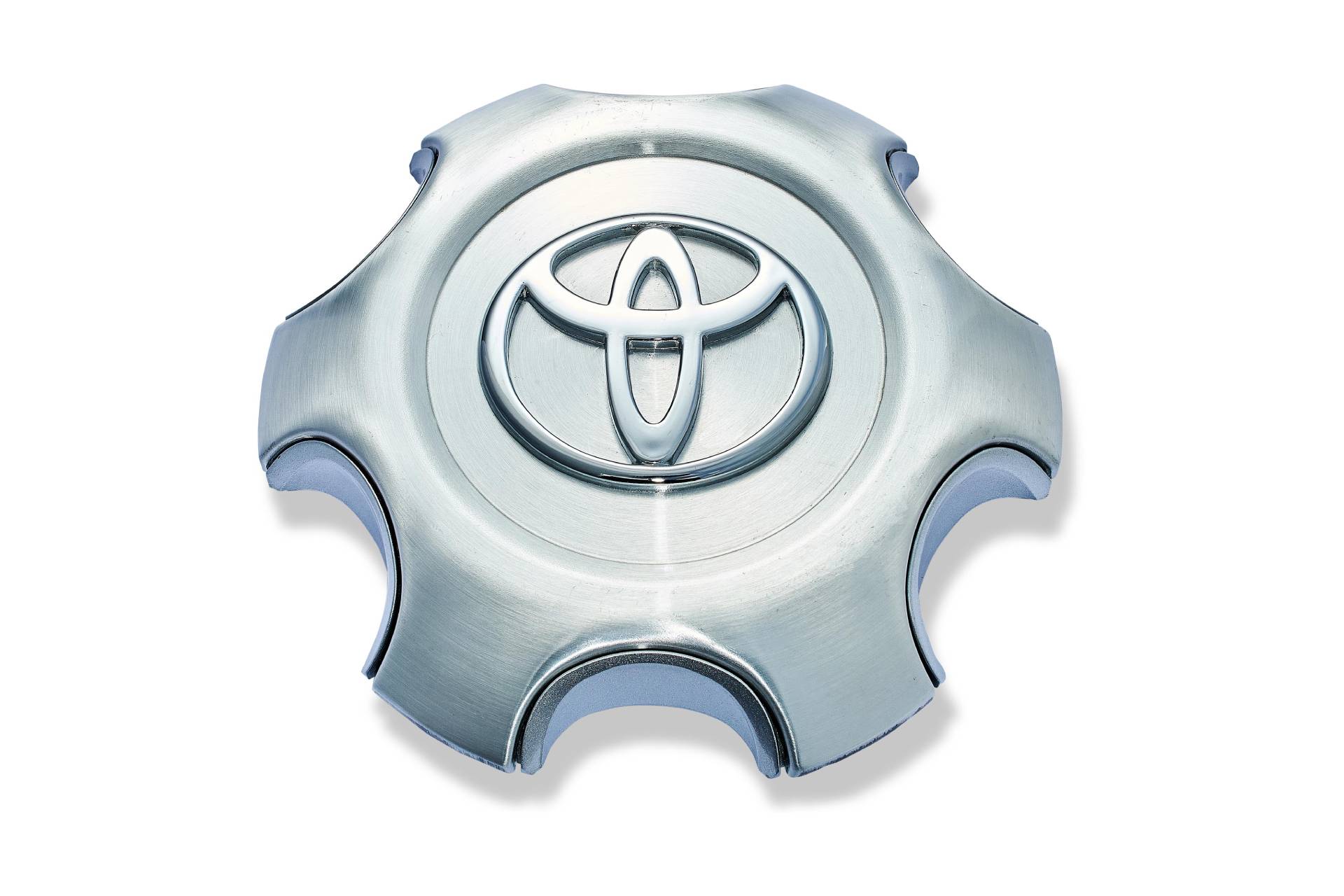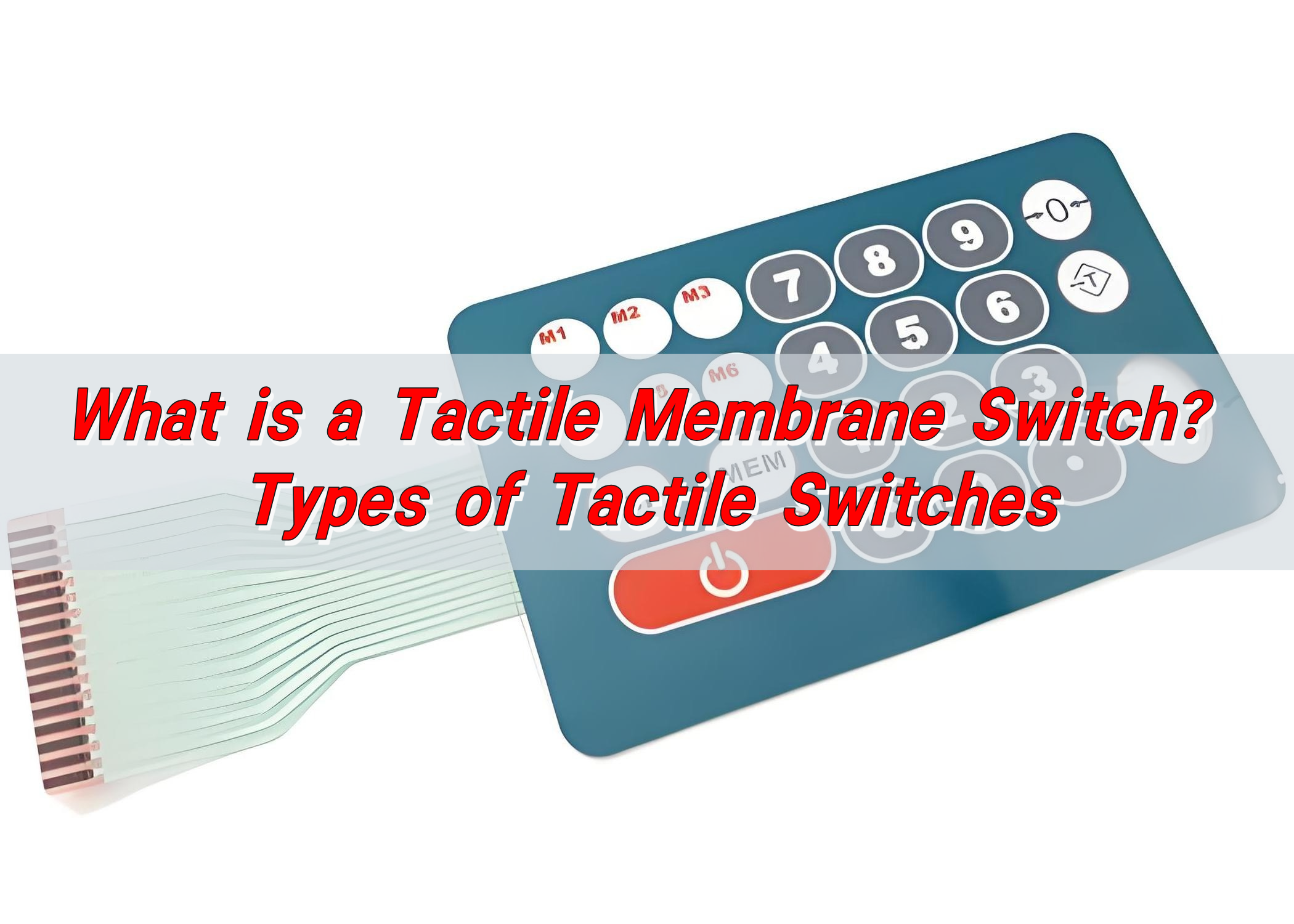Why membrane switch is helping streamline industrial workflows
All Concerning Membrane Switch: A Comprehensive Overview for Beginners
Membrane switches are important components in modern-day electronics, supplying an one-of-a-kind interface for user communication - membrane switch. Their layered construction, including overlays and conductive traces, supplies functionality and resilience. Unlike traditional mechanical buttons, membrane layer switches offer a sleek design and personalized choices. Understanding their vital functions and benefits can transform product design. However, the intricacies of their application and style considerations necessitate more exploration
What Is a Membrane layer Change?
A membrane layer button is a kind of electrical switch that consists of an adaptable membrane layered over a printed circuit board. This design enables a portable and streamlined user interface, usually made use of in various digital devices. Membrane layer buttons are typically discovered in customer appliances, medical devices, and commercial machinery as a result of their resilience and resistance to environmental factors.The construction generally includes several layers, such as graphic overlays and adhesive support, which supply responsive comments and safeguard the wiring beneath. The procedure of a membrane layer button is launched when stress is put on the surface, completing an electrical circuit.These buttons are valued for their flexibility, enabling custom-made styles and published graphics that deal with certain user interfaces. Their inconspicuous nature reduces space requirements, making them excellent for applications where standard buttons might not fit. In general, membrane layer switches offer a visual and useful remedy for modern-day electronic gadgets.
Key Parts of Membrane Layer Switches Over
Membrane switches over make up several vital components that add to their functionality and efficiency. The top layer, referred to as the overlay, offers the customer interface and is frequently printed with symbols or graphics. Underneath the overlay lies a spacer layer, which divides the conductive aspects and stops unintended activation. The next crucial element is the visuals layer, which boosts looks and assures the sturdiness of the design.Conductive traces, normally made from materials like silver or carbon, are printed on the circuit layer. When pressure is applied to the overlay, these traces enter call, completing the circuit. In addition, a support layer provides architectural assistance and can be made from products such as polyester or polycarbonate. Together, these components develop a trusted, straightforward user interface ideal for numerous applications, from family devices to commercial equipment. Comprehending these components is essential for anybody thinking about membrane layer switch modern technology.
How Membrane Switches Job
Recognizing how membrane switches function is necessary for appreciating their widespread use in various gadgets. A membrane switch operates with a series of layers, including a graphic overlay, spacer, and a circuit layer. When pressure is used to the overlay, it compresses the spacer layer, permitting the circuit layer to make get in touch with and finish an electric circuit. This activity sends out a signal to the gadget, motivating a response, such as activating a light or turning on a function.Membrane changes can be designed with different attributes, including responsive feedback, backlighting, and personalized graphics, boosting individual communication. Their building and construction enables a sealed design, protecting the interior elements from dust, moisture, and pollutants. This longevity makes them suitable for varied applications, from customer electronic devices to industrial equipment. Generally, the simplicity and effectiveness of membrane layer changes add to their appeal in modern-day technology.
Benefits of Membrane Changes Over Mechanical Switches
While mechanical buttons have long been a staple in numerous tools, membrane layer changes offer distinct advantages that make them increasingly appealing. One considerable benefit is their slim profile, permitting for more small layouts and greater versatility in product development. In addition, membrane switches attribute an uniform surface area, which improves visual charm and streamlines cleaning, making them suitable for environments where health is critical.Another advantage is their resistance to dust and moisture. Unlike mechanical buttons, which can be jeopardized by environmental factors, membrane switches supply a sealed user interface that safeguards against impurities - membrane switch. Membrane switches usually have a longer life expectancy due to fewer moving components, resulting in boosted durability and reliability.Cost-effectiveness is also a remarkable advantage, as membrane switches can be generated in bulk with reduced manufacturing prices. These elements integrate to place membrane buttons as a useful alternative to standard mechanical options in numerous applications
Common Applications of Membrane Layer Changes
Membrane buttons are widely made use of in different industries, visit homepage especially in consumer electronics and industrial control board. In consumer devices, they supply a streamlined, straightforward user interface, while in commercial settings, they improve resilience and performance. Understanding these applications highlights the flexibility and practicality of membrane layer buttons in modern technology.
Customer Electronic Devices Tools
As consumer electronic devices continue to develop, membrane layer buttons have actually come to be a preferred choice for a range of gadgets because of their flexibility and streamlined layout. These switches are frequently found in mobile phones, tablets, and push-button controls, where area is restricted and appearances issue. Their low profile and customizable styles enable manufacturers to produce easy to use interfaces that enhance the general user experience. Additionally, membrane layer buttons are commonly utilized in home appliances such as microwaves and coffee machine, supplying instinctive control choices while resisting dampness and dust. The longevity and reliability of membrane layer switches make them suitable for day-to-day customer items, guaranteeing longevity and constant efficiency. In general, their combination in consumer electronic devices mirrors a mix of capability and modern-day design.
Industrial Control Panels
The applications of membrane layer switches over expand past customer electronic devices, locating considerable use in commercial control panels. These switches are favored for their durability and resistance to extreme environments, making them suitable for making and process control setups. They supply a reliable user interface for drivers to manage equipment, screen procedures, and change setups. Membrane switches can be tailored to fit certain functional demands, incorporating features like backlighting and responsive comments, enhancing customer experience. Their low-profile layout permits integration into various equipment, while their capacity to stand up to spills, dust, and severe temperature levels warranties long life. On the whole, membrane buttons add to safe and effective procedure in commercial applications, showing their versatility and performance sought after settings.
Factors To Consider for Creating Membrane Switches
When developing membrane layer switches, picking the appropriate materials is necessary to assure resilience and functionality. Additionally, recognizing layer configuration strategies can greatly impact the button's efficiency and user experience. These factors to consider play an essential function in developing efficient and reputable membrane switch designs.
Product Selection Significance
Material option plays a vital duty in the layout and functionality of membrane buttons. The picked products directly impact the switch's toughness, tactile response, and general aesthetic. Trick factors to consider include the substrate, which should provide architectural integrity while permitting for versatility, and the visuals overlay, which requires to be immune to wear and environmental elements. Conductive materials should ensure trustworthy electric efficiency, while adhesives should provide solid bonding without jeopardizing the switch's operation. Additionally, compatibility with manufacturing processes and end-user atmospheres is crucial; products must stand up to differing temperature levels, humidity levels, and chemical direct exposure. Inevitably, proper material selection not only enhances the membrane layer switch's performance but likewise contributes to its long life and user contentment, making it a critical aspect of the style procedure.

Layer Setup Strategies

Often Asked Questions
How Much Time Do Membrane Layer Switches Commonly Last?
Membrane buttons usually have a lifespan of 1 to 5 million cycles, depending on use and ecological problems. Elements such as layout quality and operating frequency substantially influence their longevity and general efficiency long life.

Can Membrane Layer Changes Be Personalized for Particular Designs?
Membrane layer buttons can certainly be customized to accommodate details styles, enabling diverse forms, colors, and functionalities. This versatility makes it possible for makers to tailor these buttons to satisfy unique visual and operational requirements properly.
What Materials Are Used in Membrane Layer Change Construction?
Membrane buttons are usually created utilizing products such as polyester, polycarbonate, and adhesive layers. These products provide longevity, resistance, and flexibility to environmental aspects, making sure the switches work effectively in different applications and problems.
Are Membrane Layer Switches Water Resistant or Resistant to Moisture?
Membrane switches can be developed to be moisture-resistant, using specialized finishings and products. Their water-proof capacities depend on building and construction top quality and details applications, making it essential to assess needs for excellent efficiency in numerous settings.
Exactly How Are Membrane Layer Changes Repaired if Damaged?
Fixing broken membrane layer changes normally includes replacing the affected layer or circuit. Specialists may additionally use conductive sticky or utilize specialized repair work kits, ensuring capability is recovered without total replacement of the whole button assembly. Unlike traditional mechanical buttons, membrane layer switches present a streamlined layout and adjustable options. A membrane layer button is a type of electric switch that consists of an adaptable membrane layered over a printed circuit board. The procedure of a membrane switch is launched when pressure is used to the surface, completing an electric circuit.These switches are valued for their convenience, allowing customized layouts and printed graphics that cater to certain user interfaces. While mechanical buttons have long been a staple in many gadgets, membrane changes offer unique advantages that make them increasingly appealing. Membrane layer switches usually have a longer life expectancy due to fewer relocating parts, resulting in improved resilience and reliability.Cost-effectiveness is additionally a noteworthy advantage, as membrane buttons can be produced in mass with lower production expenses.